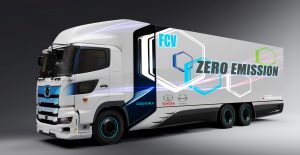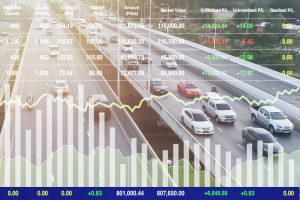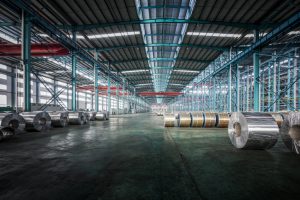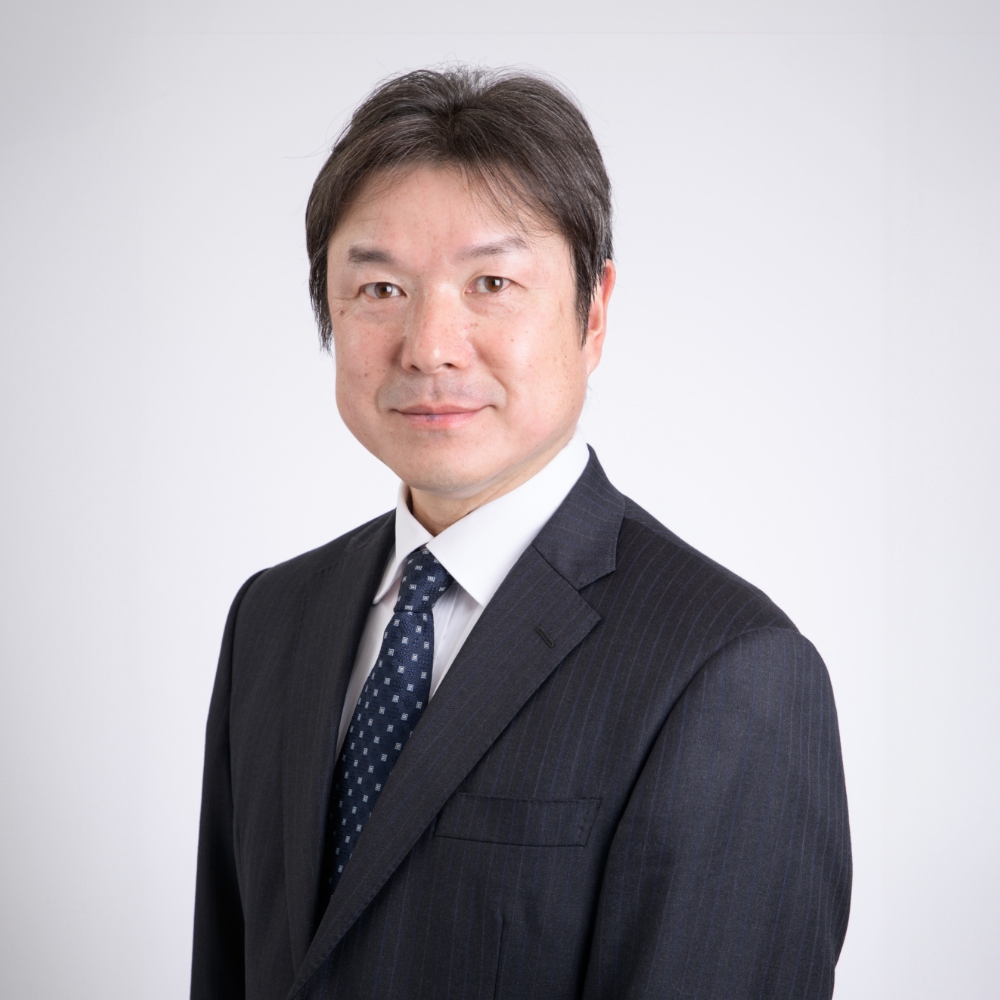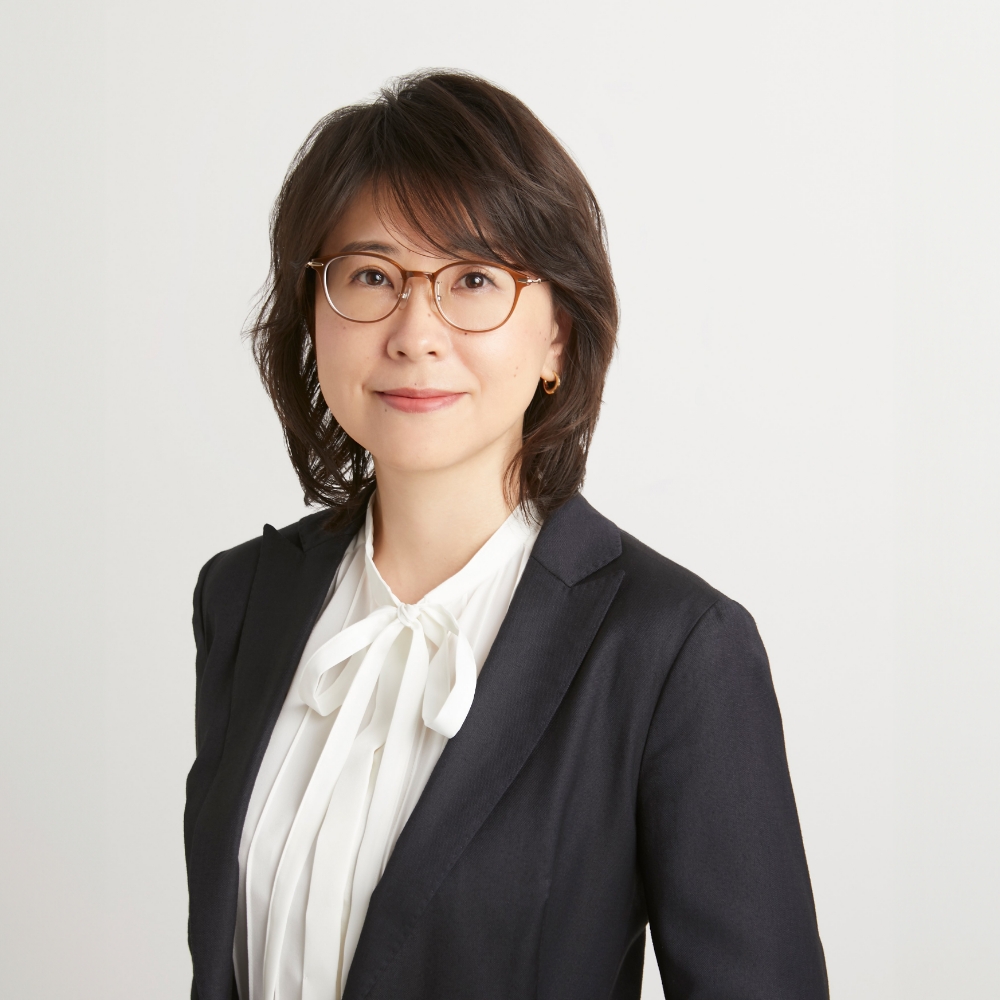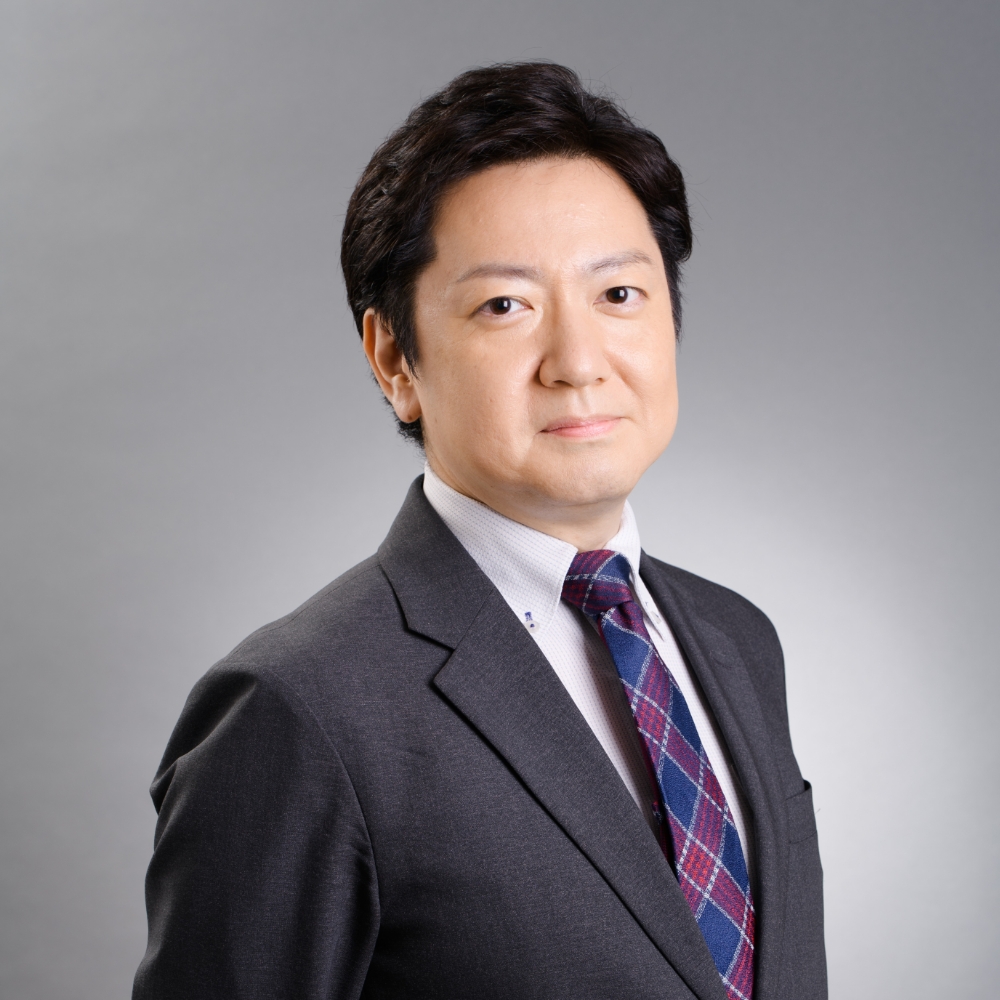Dear Readers,
The situation surrounding the automobile industry has been constantly evolving in recent years; every day, various media are abuzz with news. However, we believe that the situation has made an abrupt change. About a year ago, the phrase “once-in-a-century transformation” came to be heard far and wide. I believe that the industry had been surrounded by confusion, with a sense of crisis about overcoming this great transformation. However, although that sense of crisis remains unchanged, there seems to be a macro-level sense that the automobile industry has overcome the previous chaos and is accepting as a framework the industry trend of CASE, which was born amid confusion in the industry, and that the industry is now moving with a sense of direction. I would now like to delve into such movements in the industry.
As an aside, I recently talked to the management team of a Engineering company in Europe. When I commented on recent movements in CASE, I was asked somewhat unexpectedly in return, “Are you talking about Daimler?” Apparently, it may be only Japan, or a few other places, where CASE is taken as a common noun. When I asked what the correct expression is, the reply was, “Could it be ‘digitalization of the automobile’?” However, I’d like to use “CASE” here in the Japanese style.
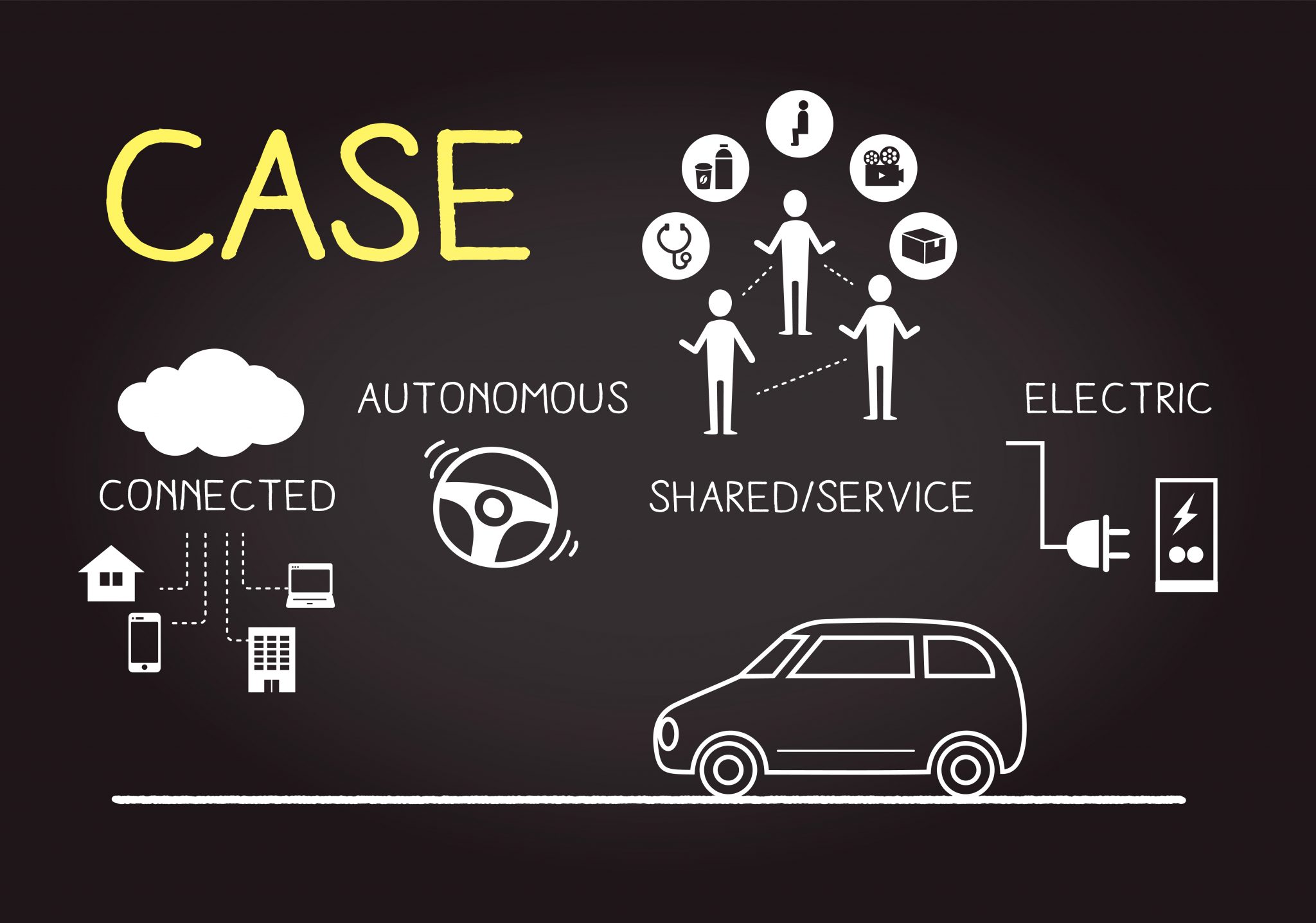
As this is the first time, I’ll describe my own awareness of the issue, according to CASE.
“Connected”:
This could be called the base technology that supports the “A,” “S,” and “E” of “CASE.” It is what connects cars with various other things. It is where various kinds of data come and go, giving rise to new services through analysis of the data. In the process of this analysis, data also connects with other data (although this is not so simple in reality). Stated differently, by taking on some given meaning, data becomes information, and enables matching that had been hard to imagine. Ultimately, this may bring about completeness of information, one of the conditions for what is known in microeconomics as a fully competitive market, in which everyone taking part in the market can equally access information.
“Autonomous”:
I believe that many readers have already experienced autonomous driving through demonstration experiments or the like. This year, autonomous driving is expected to go beyond demonstration experiments and make great progress towards social implementation. In the United States, Waymo has already launched a ride hailing service in Arizona that uses autonomous driving. GM also plans to launch a similar service later this year. In Japan, too, legal systems are being developed to realize Level 3 autonomous driving ahead of other countries. The first year of the new Reiwa Era in Japan may also be the launch year for autonomous driving, the first year in which technologies for autonomous driving finally and truly meet with society.
“Sharing & Service”:
The “S” within “C,” “A,” “S,” and “E,” has a bit of a different feel. While the other letters refer to technological elements, the “S” indicates actions. In short, it refers to business strategies that form the exit into society for the three technological elements. Moreover, the target of the “S” is not limited to the movement of cars and people. It will encompass information, distribution, shopping, food and drink, entertainment, finance, and much more, to form a platformized market.
“Electrification”:
Environmental regulations are being strengthened globally against a backdrop of societal demands for global warming prevention and other environmental protections. This trend is expected to further accelerate, and will support the electrification of mobility in the long run, I believe. Why in the long run? There are infrastructure issues in the background, but I believe it is important to clearly discern where the value lies in EV. The market will not accept only what manufacturers intend. With regard to EV, I believe that the value for consumers – that is, appropriateness for the intended use – is what is being questioned. The values and uses mentioned here are by no means singular. I believe the saying holds here: “What evolution brings about is not selection but diversification.”
While I have discussed items individually, “CASE will come together to lead transformation” is what Daimler has originally asserted from the start. From that point of view, where each of the above-mentioned arguments will lead is to the question of how our society will address these technologies – that is, the question of what values CASE will bring to society.
I hope to give thought to these things. Sometimes we take a bird’s eye view, and sometimes we move ahead analyzing. In any case, the age is moving on, and where it will head from here, and thus what we should do, together with other questions, are what I would like to now explore.





